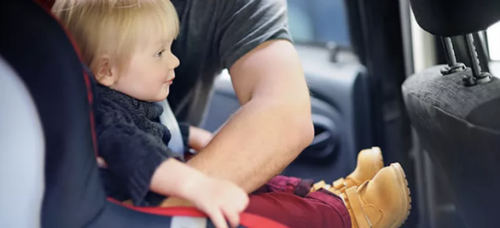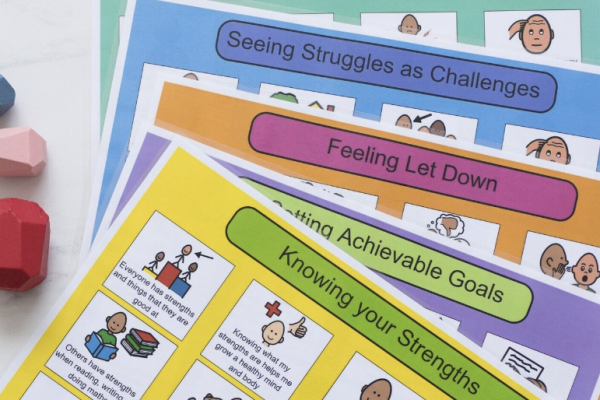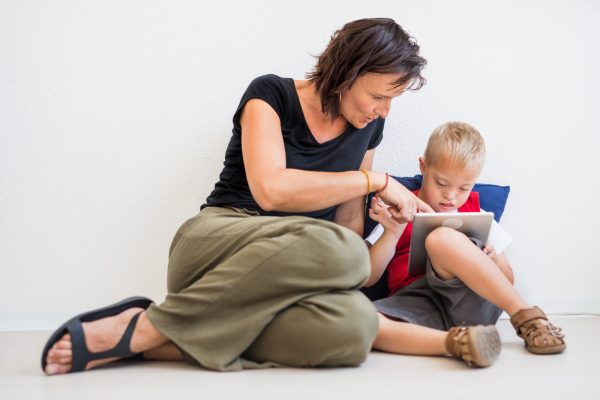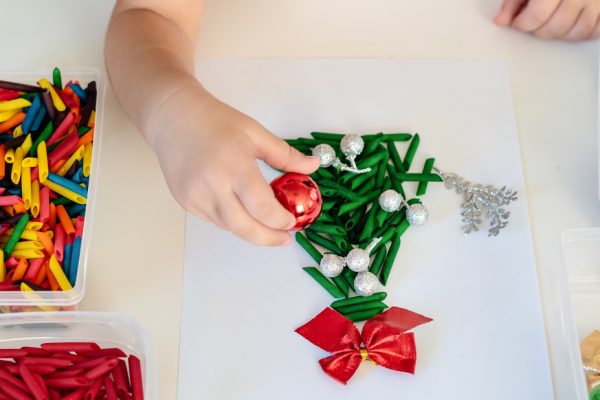
Top 10 physio tips – on how to get in and out of the car
Getting your child into and out of the car as part of your daily routine may present a challenge! Parents who assist a child with special needs into and out of the car may use a great deal of carrying and lifting in ensuring their child’s safety, however, this task should not be physically demanding if you follow our simple top ten tips!
1. Social story
If getting into and out of the car causes your child to become anxious create a social story. A social story is a visual sequence of events that will assist your child navigate a situation they may find difficult to manage. You can keep a social story in the car and use as required.
2. Small stool outside car
You can place a small stool on the outside of the car. This will provide your child with a smaller step in order to get in and out of the car. You can use a stool for a child with decreased strength in their legs. This method is most beneficial for children who are able to do a standing transfer.
3. Small stool inside car
You can place a small stool inside the car. This will allow your child to lower themselves onto the stool prior to getting in or out of the car. The stool will decrease the height your child has to transfer from getting in or out of the car. A small stool inside the car is suited for children who transfer out of the car into a wheelchair or with assisted standing transfers.
4. Car seats with low sides
A car seat with low sides will make transferring your child out of the car easier. A car seat with high sides presents an obstacle that children need to climb over in getting out of the car. A car seat with low sides is most suitable for children with decreased strength or transferring from or into a wheelchair.
5. Get rotation ready
Rotation is an important movement required when getting in and out of the car. However, it is a skill that needs to be practiced! You can assist your child develop rotation skills by climbing into and out of boxes, the bath and onto and o chairs. This skill should be developed from an early age.
6. Lower height of car seat
The height of the car seat can make all the difference in assisting your child into and out of the car. If possible lower the height of the seat to ensure your child can transfer out of the car with their feet on the floor. This is always something to consider when purchasing a car for children. A lower height car seat is beneficial for most children.
7. Flip back footplates
These are a great wheelchair attachment that makes transferring into and out of the car easier. By flipping back the footplates you are able to place a small stool under your child’s feet to perform a standing transfer.
8. Be environment ready
Ensure that your car and surrounding environment are safe prior to performing a transfer. This means removing obstacles, positioning mobility aids nearby and ensuring heights between car seat and wheelchair are similar (you can use a slide board when required). It’s is a good idea to park parallel to the gutter as well as allowing room for yourself to stand to assist with the transfer. This is a vital tip for all children to ensure safely getting into and out of the car.
9. Take care of yourself
You need to be healthy and injury free in order to care
for your child, so taking care of yourself during transfers is very important. If more than one person is required to assist your child getting into and out of the car – get an extra pair of hands to help when able! Otherwise, use a stool or alternate piece of equipment to assist you. Maintain good posture throughout helping your child out of the car by bending your knees, bracing your abdominal muscles and avoiding twisting movements. Through maintaining good posture you will prevent injury.
10. Teamwork
Your physiotherapist can provide you with step by step instructions on how to perform standing, sliding and lifting transfers. Your occupational therapist will also be able to suggest transfer aids and equipment to make getting out of the car easier for you. Each child is an individual and unique, therefore we can only provide you with generalised tips! In some cases you may need to seek further assistance for a specific problem from your therapist.
I encourage you to adopt a problem solving approach as there is not always a right or wrong way to get your child into and out of the car. It is important that you consult your physiotherapist for support and advice. Getting into and out of the car is an everyday task and an important functional aspect of your child’s life!
This article has been contributed by paediatric physiotherapist Debbie Evans. Debbie Evans is the Executive Director and Clinical Director of Physiotherapy at Therapies for Kids www.therapiesforkids.com.au








